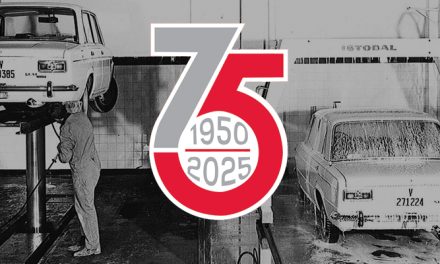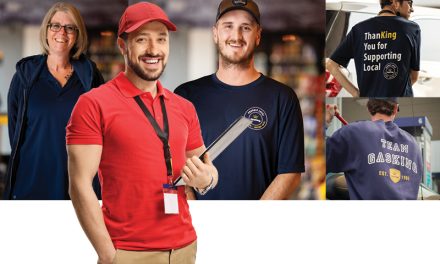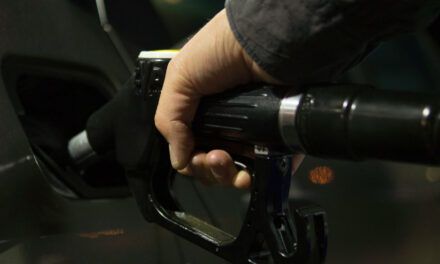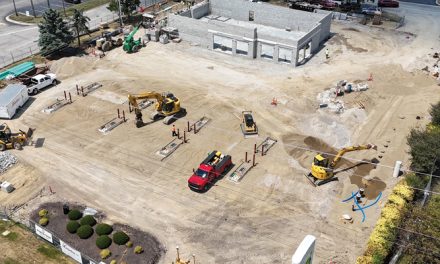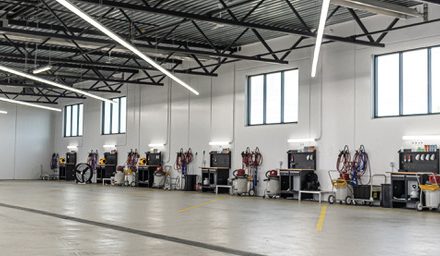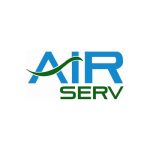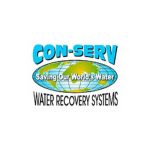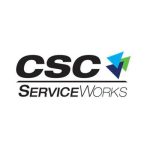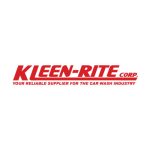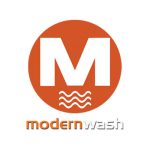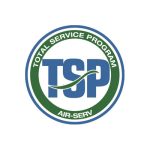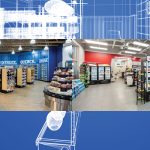
Forecourt: The Case for the Use of Retractable Flex Piping at Fueling Sites
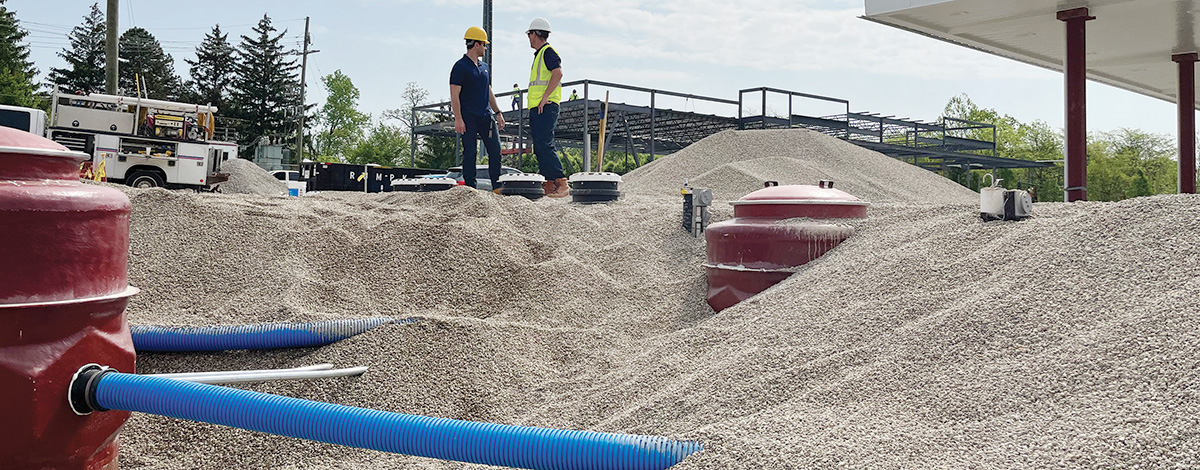
By Ed Kammerer
Retractability is an often-overlooked trait. For example, did you know that seven Major League Baseball teams currently play in stadiums with retractable roofs? The Rogers Centre, home of the Toronto Blue Jays, which opened in 1989 as a true architectural wonder, is the granddaddy of them all. There has even been talk of eventually replacing the permanent domed roof on 46-year-old Olympic Stadium in Montreal – home of the dearly departed Montreal Expos – with a retractable one.
Additionally, BC Place in Vancouver, the home of the CFL’s British Columbias Lions, opened in 1983 as a fixed-roof stadium, but was retrofitted with a retractable roof in 2010. Down south, the NFL currently features five franchises – Arizona, Atlanta, Dallas, Houston and Indianapolis – that play in retractable-roof stadiums.
The benefits of this roof retractability are obvious: open the roof to let the good weather in, close the roof to keep the bad weather out. No more rain delays, cancellations or sitting with the sun beating down on you on those unbearably hot 35ºC (95ºF) afternoons or icicles forming on your nose on those unbearably cold -20ºC (-4ºF) nights.
Retractability can also have benefits for the operators of retail or commercial fueling sites. In this case, we are talking about the piping in the site’s underground fuel-delivery system. After years of digging trenches, laying pipe and covering it all up with concrete, did you know there is a retractable flex-pipe option that helps optimize installation time, lower installation and labor costs, and streamline inspection, repair and replacement processes?
Surveying The Alternatives
Originally, the fuel-delivery piping at a fueling site was constructed of steel before rigid models constructed of fiberglass began to gain in popularity. No matter the material of construction, however, the process of installing the piping was the same: earth was moved, trenches dug, pipe laid and then it was covered up with concrete, never to be seen again unless it needed repair or replacement. This meant that any repair or replacement would require the breaking of concrete, which is costly and time-consuming.
In addition to those traditional drawbacks, recent years have seen supply-chain disruptions affect the availability of fiberglass pipe. This not only results in long lead times when ordering fiberglass-based products, but the polymer shortages have resulted in price increases for raw materials and finished products.
With the availability of fiberglass at a premium, some fuel-delivery system manufacturers have turned to semi-rigged pipe as a replacement. Alternatively called Fusion Pipe, this piping is generally constructed of high-density polyethylene (HDPE) and comes in pre-determined lengths that must be welded together. This results in long, costly and labor-intensive installation times, with some non-zero chance of installation errors occurring, and since the pipe is directly buried, it requires breaking the concrete to access the piping for service or replacement.
The semi-rigid piping joints also must be connected in a precise manner, namely within a certain temperature range and in rain- and snow-free conditions. This can be problematic in Canada for the obvious reason that the Canadian climate can be quite volatile with severe swings in temperature and climactic conditions occurring over the course of the year.
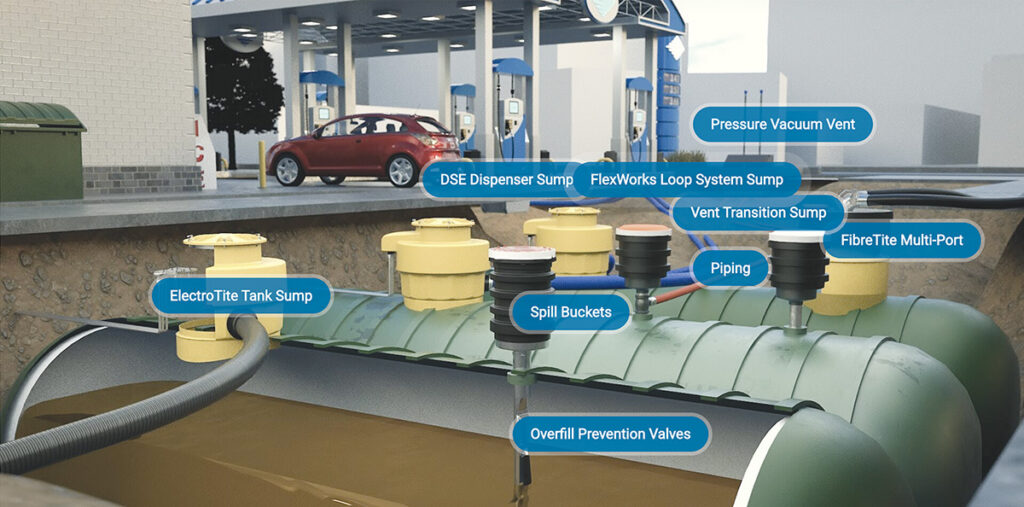
All of these considerations and requirements mean that another alternative to rigid fiberglass piping – retractable flex piping – is a better choice for fuel-site operators who want to optimize the cost, efficiency and safety of their fuel-delivery systems.
Follow The Leader
OPW Retail Fueling, Smithfield, NC, USA, set a new standard in underground fueling-system design and performance in 2008 when it introduced the FlexWorks Loop System. The Loop System is a collection of pre-fabricated, factory-assembled underground fueling-system components that need little, if no, in-the-field assembly before they are installed into the ground, with all post-installation inspections, maintenance, repair and replacement activities able to be performed aboveground with no need to break concrete or even remove a fuel dispenser.
The Loop System features UL/ULc971-listed flexible coaxial piping that is installed inside OPW’s corrugated, flexible and crush-resistant four-inch Dual-Wall Access Pipe. This allows access to the flexible primary piping for inspection or maintenance. And should the piping need to be replaced, it can be retracted out of the access pipe at the dispenser-sump connection with no need to disturb the forecourt surface or remove the dispenser.
Additional benefits of the Dual-Wall Access Pipe include:
A semi-smooth interior that facilitates ease of installation
No buried joints
An added layer of protection against product release and external pipe damage
The Loop System’s flexible pipe is constructed of KYNAR PVDF, which has a 50-plus-year history of use in some of the world’s most demanding petroleum and chemical-handling applications. Since installation of the flex pipe requires only its insertion into the access pipe and connection to the dispenser and submersible pump via double-wall pipe couplings (DPC) and rigid entry fittings (REF), it requires no welding or adhesives, which eliminates exposed joints and fittings that can be notorious leak points.
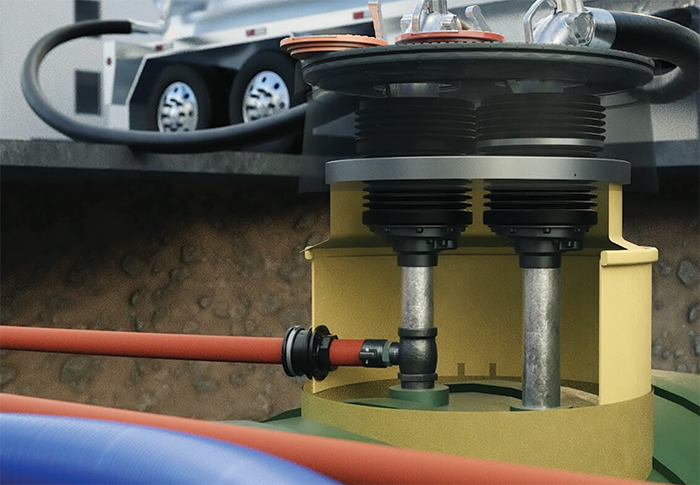
While OPW traditionally offered its flex pipe in one-and-a-half and two-inch diameters, it recently introduced the HiFlo Loop System for use at high-volume truck stops. While maintaining all of the benefits of the original Loop System, the HiFlo version takes those components and supersizes them so they can deliver the higher fuel flow rates that are required at truck stops or hybrid convenience-store setups that feature truck-fueling lanes. The upgraded components in the new HiFlo Loop System include three-inch coaxial double-wall pipe and six-inch access pipe that resists crushing and allows easy access and pipe retraction for maintenance, repair, removal and replacement, just like the legacy Loop System.
Conclusion
There is no need to retract the fact that retractability in fuel-delivery system piping can provide many benefits for retail and commercial fuel-site operators. For years, OPW Retail Fueling has been on the leading edge of developing and providing flexible piping that can be pulled out of an access pipe, rather than directly buried in the ground where there is no hope that extraction can take place or repairs can be performed other than through expensive excavation. A retractable-piping system featuring a flexible double-wall pipe makes the process of fuel-site operation more cost-effective, efficient and environmentally safe.
Ed Kammerer is the director of global product management for OPW, based in Cincinnati, OH, USA. He can be reached at ed.kammerer@opwglobal.com. For more information on OPW, go to opwglobal.com.

